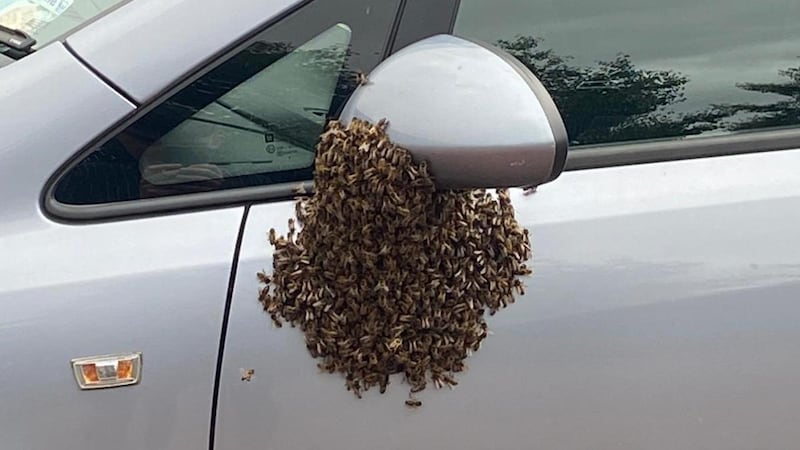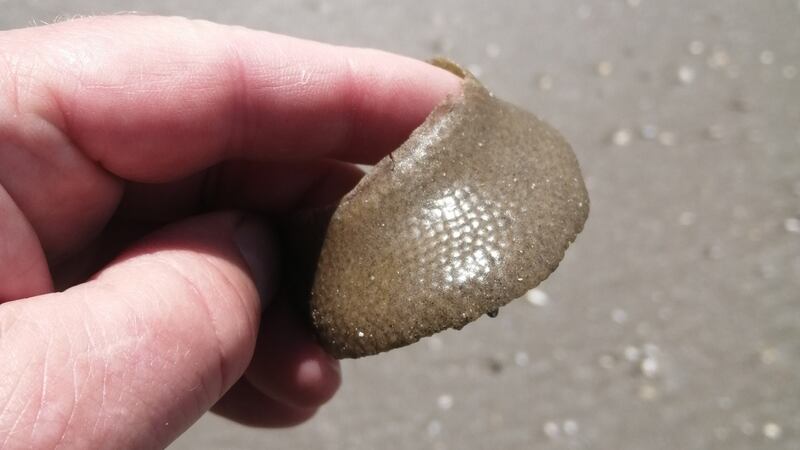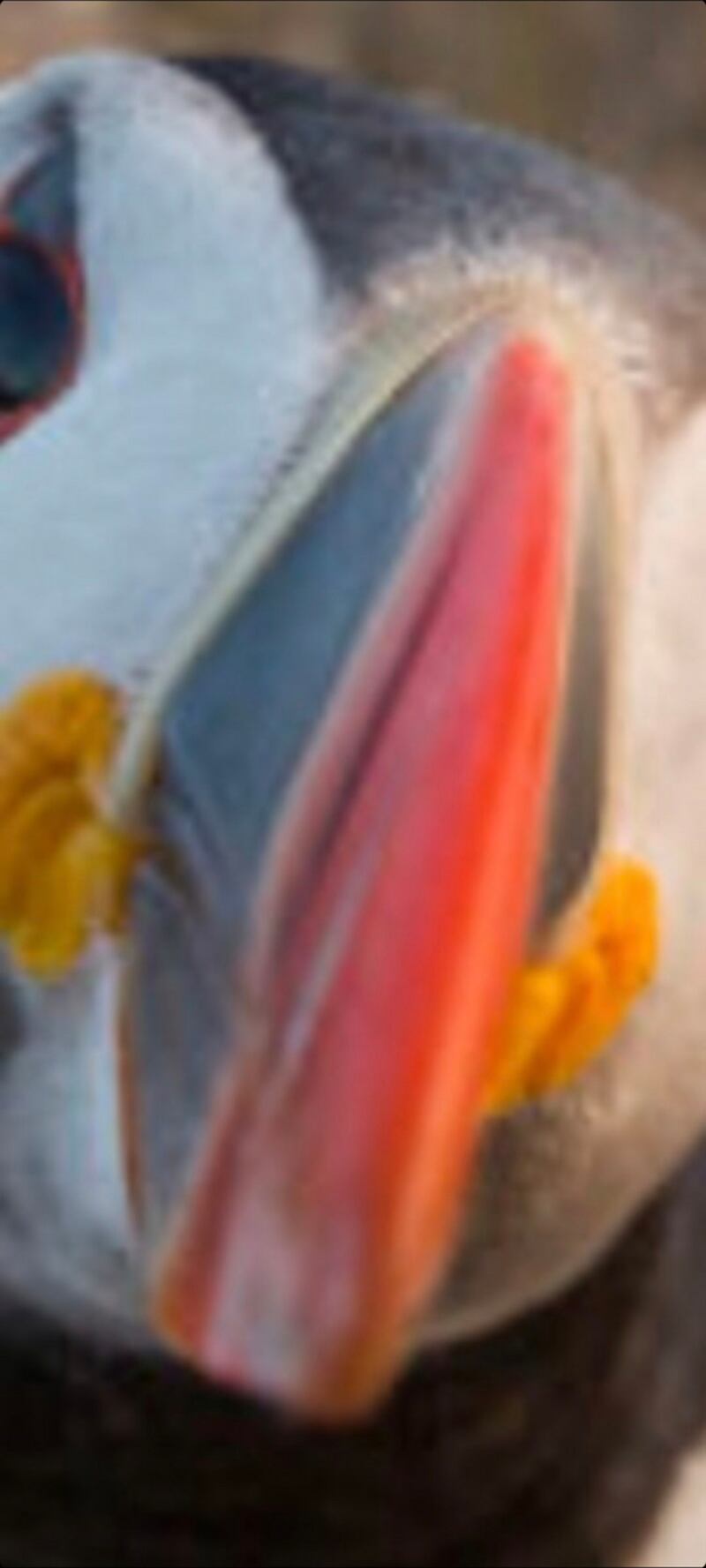Shirley Donlon discovered this swarm of bees below on her car’s wing mirror when she left work in Ballymount, Dublin, one evening in early July. She didn’t panic, but emailed bees@swarms.ie, and a fully suited beekeeper soon arrived and gratefully took away the swarm.


The items pictured above are scattered all over beaches in north Dublin. They have a rubbery feel; do you know what they are? – John O'Brien (by email) Lots of queries about these, found on beaches along the east coast. They are the egg cases of the large necklace shell, Euspira catena, one of the moon snails. The eggs are encased by a gelatin-like mucus as they are being laid. This is then shaped around the shell, picks up a coating of sand and hardens to a rubbery-like collar. They are more common in the last 10 years due to the decrease in their ray and dogfish predators.

This poor fella crashed into the window. Is it a blackcap? – Ann Brady Westport, Co Mayo It is indeed – a male. It is mainly a breeding summer visitor from Iberia and north Africa, although some central European blackcaps come to spend the winter here.

What is this moth that flew in an open window one evening and stayed the night? – Rob O'Mahony, Dublin It is the day-flying magpie moth. Its bold colours warn predators of its unpleasant taste.

Having a photograph published in Eye on Nature is now so desirable that the wildlife themselves are getting in on the act. A puffin found Niamh Geraghty’s lost phone on Saltee island and stood on it to take a selfie of its very splendid bill. The photo clearly shows the bill and the puffin’s right eye (very close up) in breeding colours – scarlet and black with the two bright yellow side patches. A sharp-eyed visitor retrieved the phone when the puffin was finished with it.
Have you a nature query, observation or photo you would like to share with The Irish Times? Submit it, with location of the image, via our website irishtimes.com/eyeonnature










